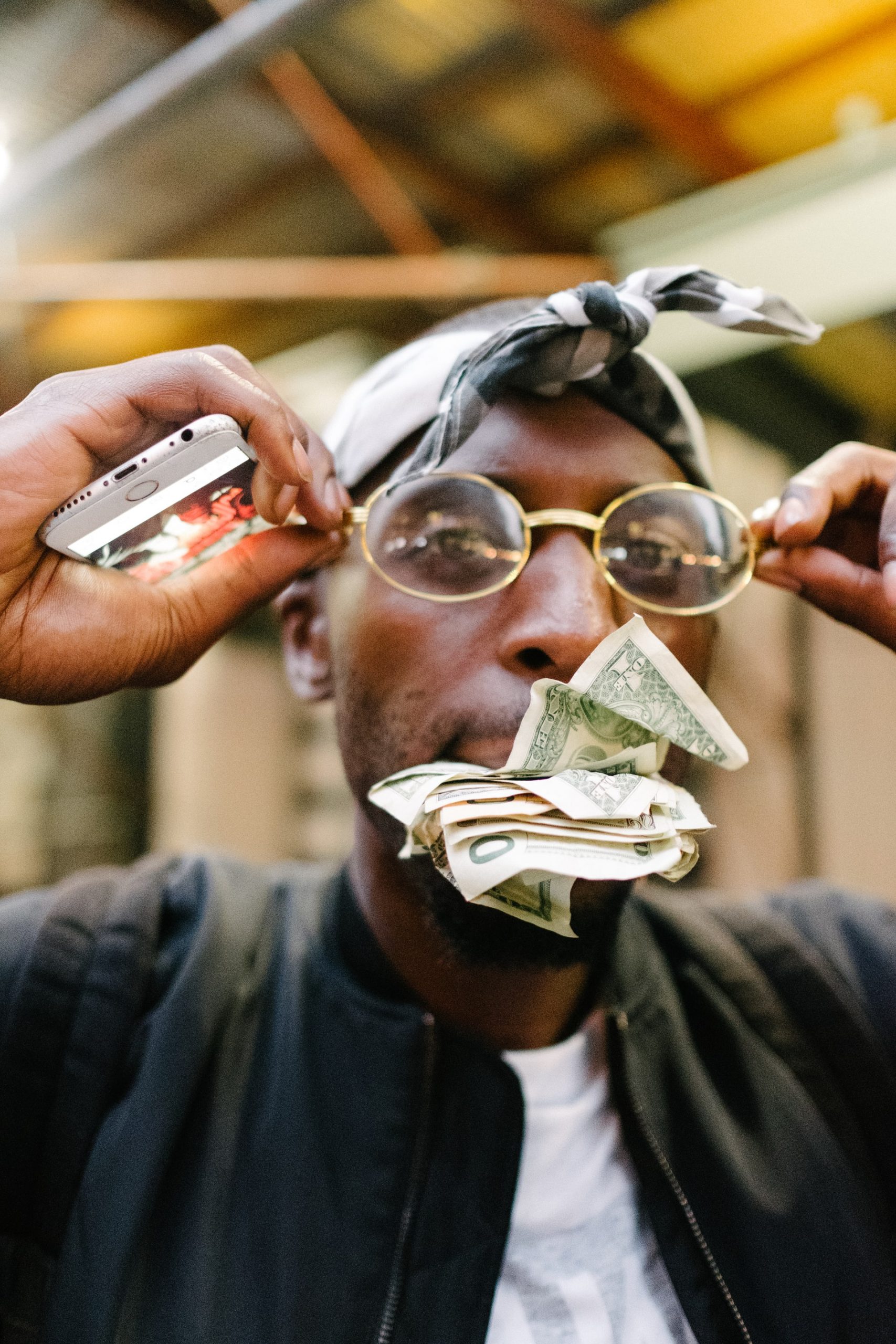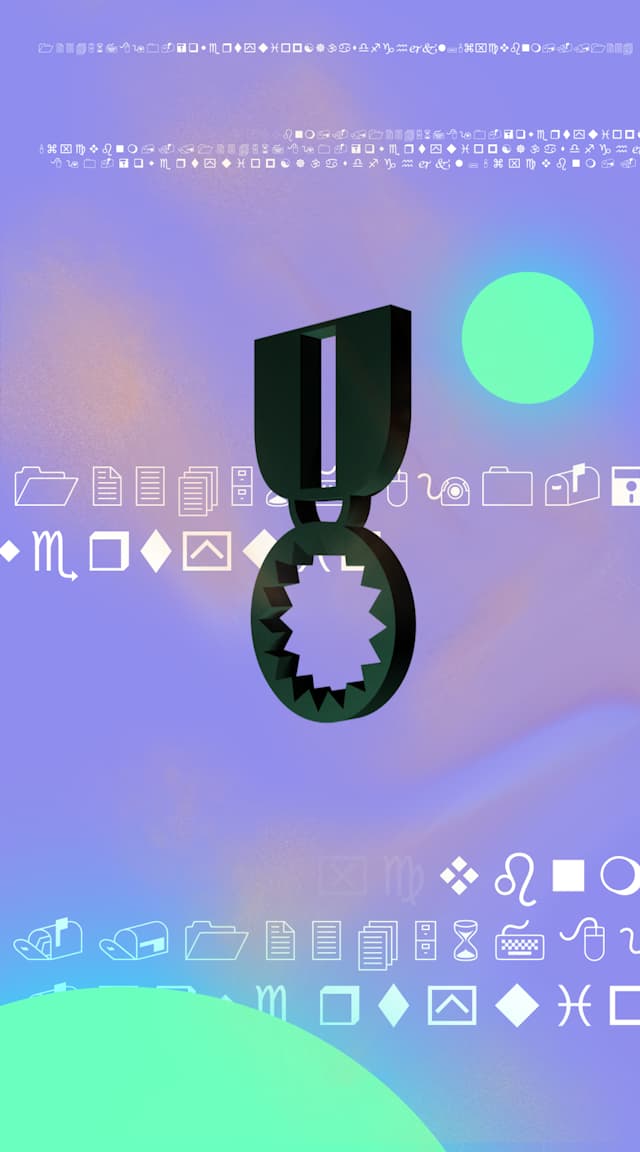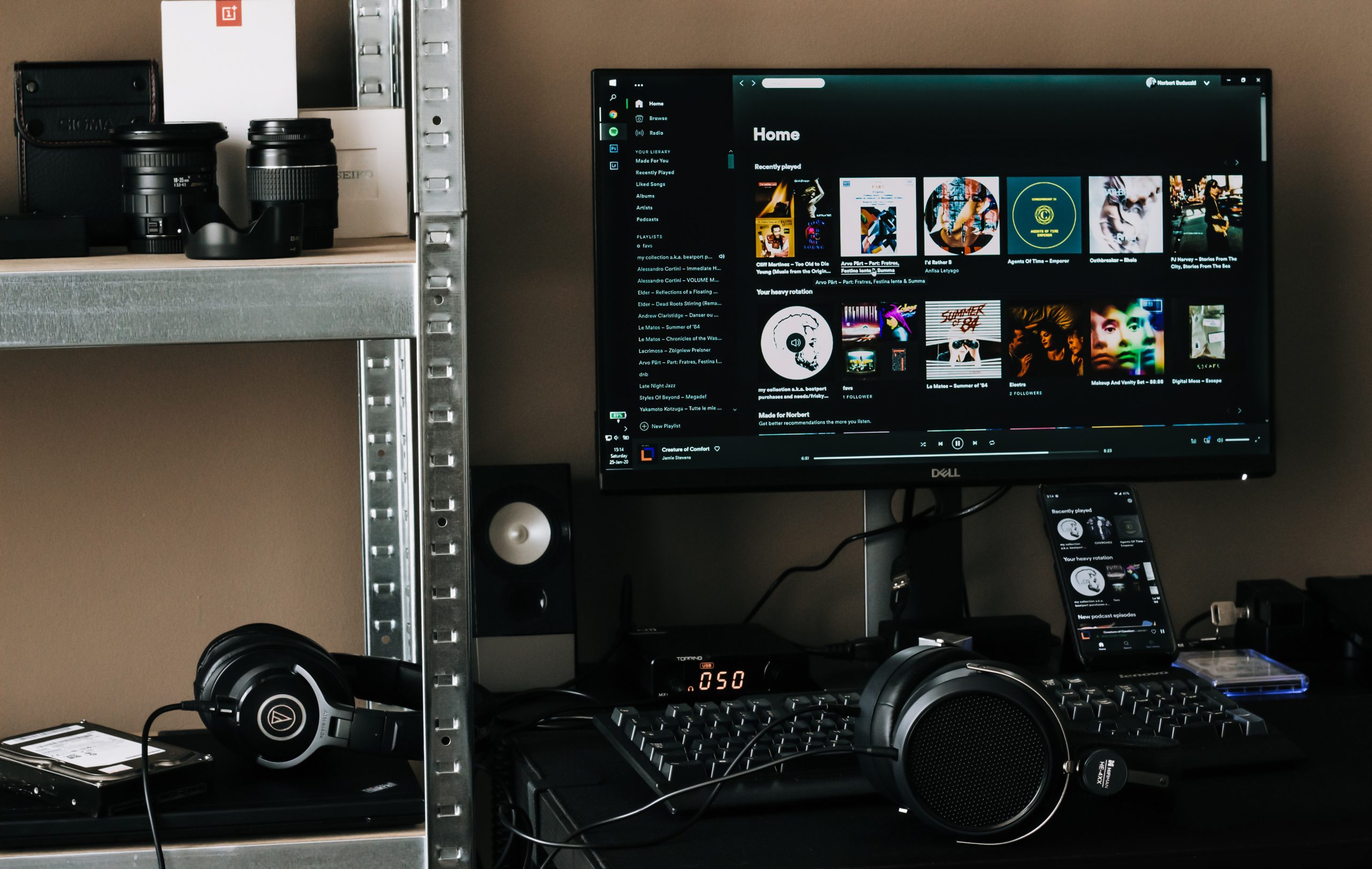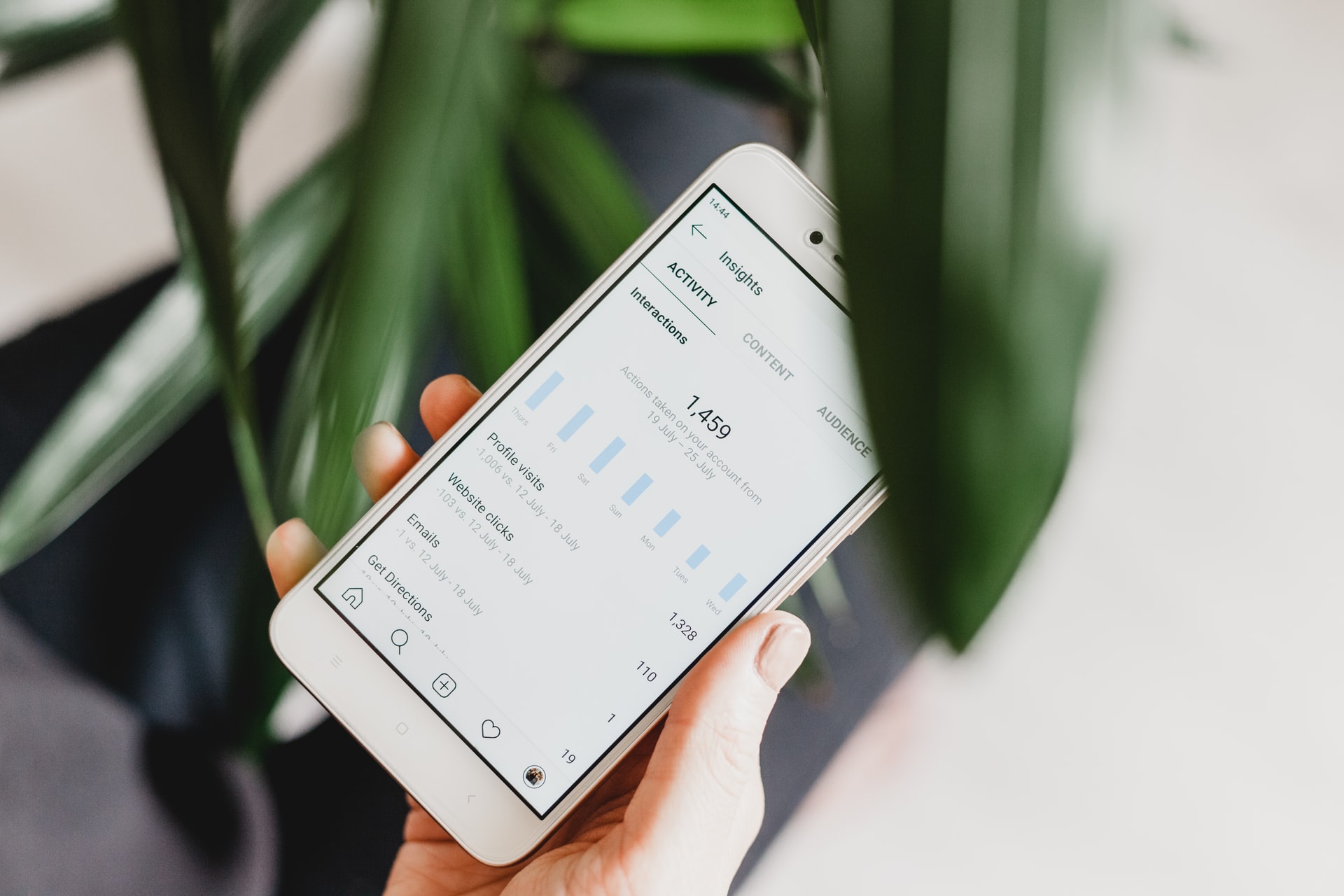5 Alternative revenue streams for artists in 2021
The global COVID-19 pandemic made music industry players realise how volatile the industry really is without gigs and touring.
Artists and their teams were left scrambling to find alternative income supplements and revenue streams.
Business-savvy artists had to deep dive into the world of tech and social media to find a band-aid for their income.
Fortunately, technological advancements have made it possible for artists to re-structure their revenue stream, free themselves from back-to-back tours and create a more sustainable career.
Syncs
Sync – or synchronisation – refers to when a piece of music is used to amplify (is synchronised to) visual media such as adverts, movies, TV shows, video games and so on.
If a company decides to use your song for an ad, they typically pay a fee upfront to use it. This is usually called a licensing fee.
There are also micro-syncs – which are fees or royalties for smaller features such as internal company videos, user-generated content, podcasts and so on.
One song can also be used for multiple placements, creating a passive income cycle.
Traditional merchandise
Merch has been a lifeline for a lot of artists during the peak of the pandemic. Sure – selling merch at gigs wasn’t an option. However, that doesn’t mean that people stopped buying stuff.
Vinyl sales grew 23.5% last year [Source: IFPI] and online merch stores boomed.
Streaming platforms such as Spotify launched merch store collaborations with companies such as Merchbar, empowering artists to use their Spotify merch to convert listeners into consumers. Smart link services such as Amplify.link enable artists to promote their merch through their bio link.
Remember: merch is another marketing tool. Creating exclusive merch and dropping it right after a release is an excellent way of leveraging a release to maximise your earning potential.
Virtual merch
Yes – we’re talking about NFTs. Through platforms such as Catalog, the NFT market is slowly but surely opening itself up to the emerging and indie artist market.
In an interview with Pitchfork, rapper Mick Jenkins said, “I see NFTs for what they are: a great way to tokenize digital properties. They’ve given me an outlet to create and acquire art centralized within a digital space. It puts control and point of origin for digital works in the hands of the creator. As a signed artist, I know all too well how difficult it can be, navigating that space with less than the desired amount of control.”
Imogen Heap continued by saying, “This could be what finally turns the music industry as we know it into a sustainable industry, where everyone gets paid what they’re worth and everyone who does something useful stays in the game.”
Livestreaming
During the early days of the pandemic, every Tom, Dick and Harry seemed to be broadcasting themselves on Instagram. The fad seems to have passed – however, this simply means that business-savvy musicians can now devise an actual live streaming strategy that’s also financially viable.
You can now use Soundcloud as your gateway to live streaming success. For a fee, Soundcloud can fast track your way to Affiliate status on Twitch. This status enables you to monetise your streams from the get-go, without having to fulfil all of Twitch’s criteria.
Monetising your social media following
Platforms such as Patreon, OnlyFans and Buy Me a Coffee empower artists and content creators to monetise their social media following. In return, you have to provide a stream of exclusive content to your paid subscribers. By putting your content behind a paywall, you’re piquing audiences’ interest and monetising their curiosity. Exclusivity sells, after all.
Photo by Glodi Miessi on Unsplash






